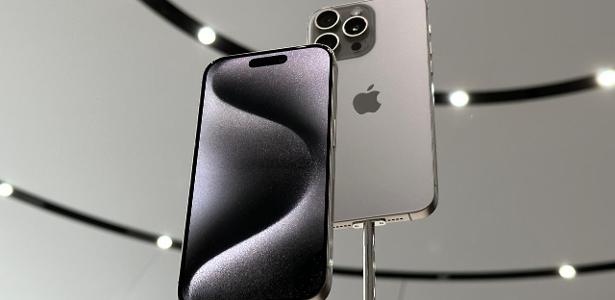This process fundamentally affects the device's ability to perform AI tasks.
In this context, the company boasted again: “This is what chip suppliers started doing. We have been doing this since 2017, and our first neural engine was around then and has evolved over time.”
“For us, it's kind of fun to look at the talking points that all the other silicon vendors are creating around AI. And it's fun because when we introduced these things, there wasn't any marketing talk. We introduced them because we understand the value of this emerging technology.” , added another Apple representative.
One example given by professionals concerns research into computer-assisted object and image recognition. Advances in this sector have made it possible to create a computer engine for images taken with current iPhones and older models.
Face ID, which was launched with the iPhone X in 2017, was another example as well. By identifying points on a person's face, the cell phone sets, compares and unlocks the cell phone screen. This was possible thanks to the chip of the time: the A11 Bionic, which is called a neural processor.
“I would say we made our chips not because we want to beat ourselves up and say we have the best chips. We made them to make the product viable. It's all about the product,” one employee said.
